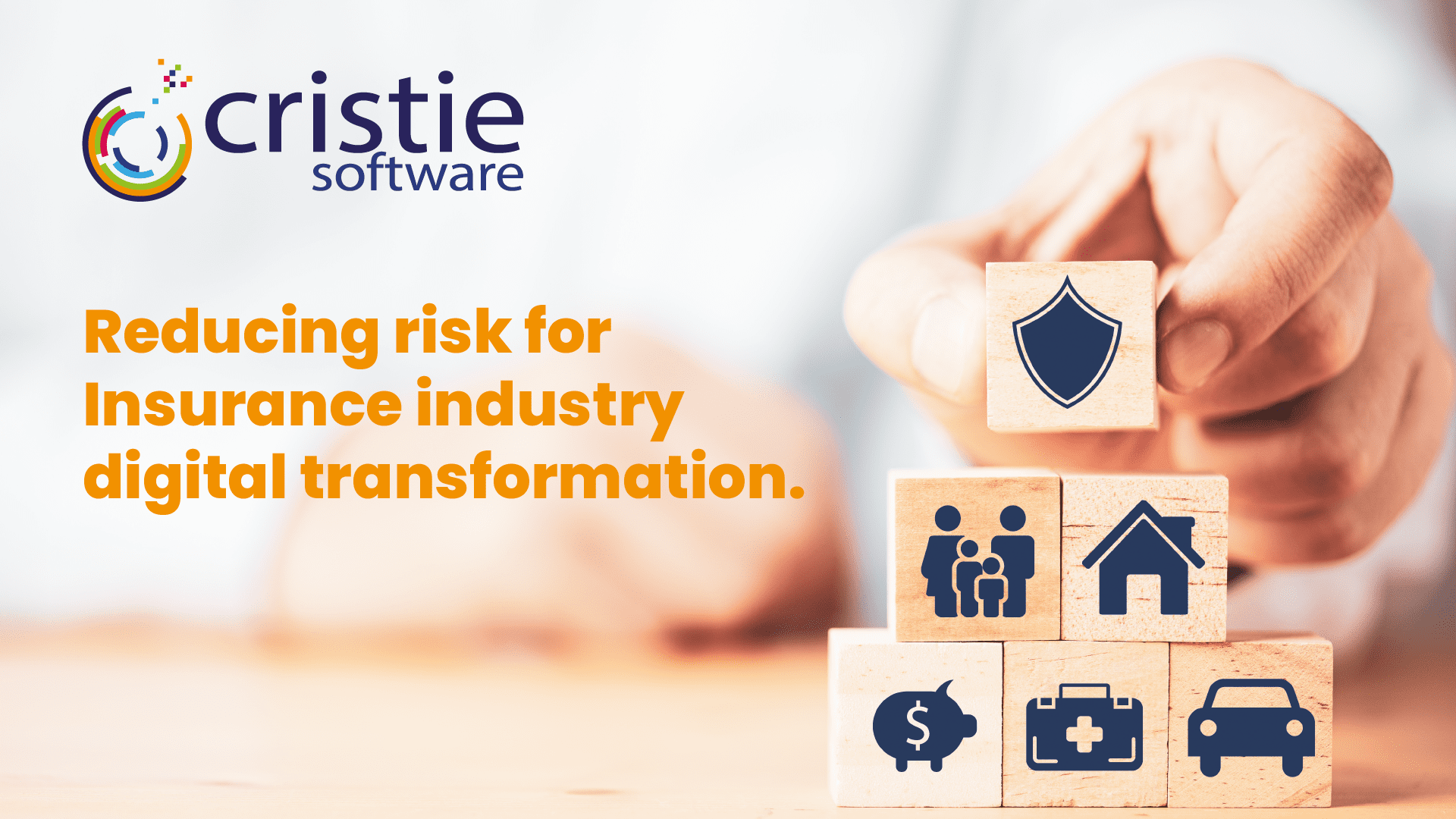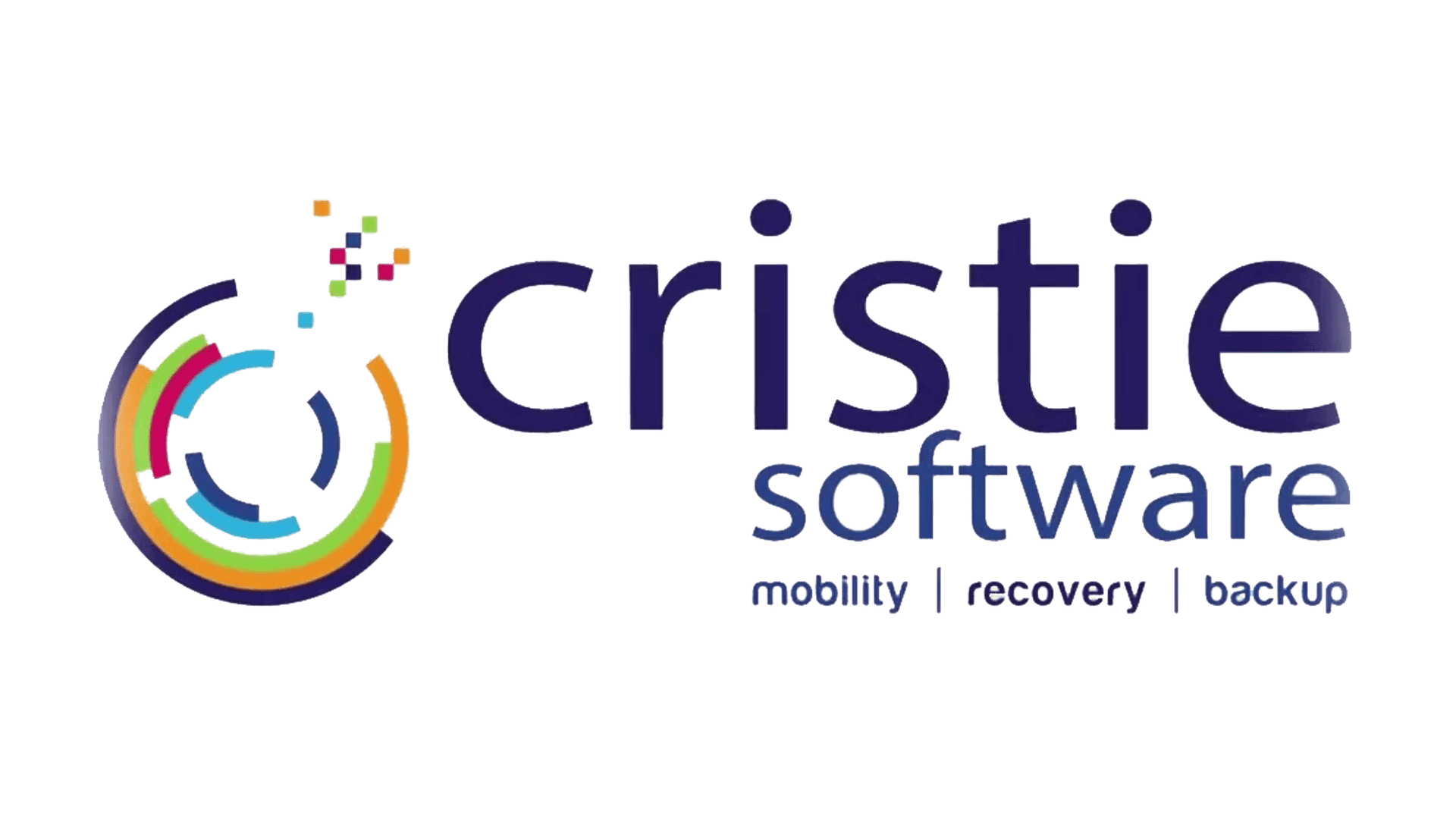
To remain competitive many firms are aiming to migrate legacy systems which may be up to 30 years old to new digital cloud-based platforms. This is necessary to remain relevant alongside the many Insurtech startups who have fully embraced a personalised digital experience and are rapidly acquiring market share. Legacy systems present maintenance challenges due to end-of-life components which often incur high support costs. Cristie Software system migration tools offer extensive support for legacy operating platforms and can assist the migration from physical systems to virtual or cloud-based targets. Once a replica has been made within a new modern operating environment, applications can be fully tested for compatibility before any cut-over is made.
The Lloyds Blueprint Two initiative in partnership with Velonetic is delivering a new digital platform transforming the journey of placing risk and making claims for open market and delegated authority business for both brokers and insurers. Blueprint Two digital services will be delivered in two phases. From 1 July 2024, all market firms must use phase one digital services. By April 2025, the launch of phase two digital processing services will take place, marking a significant milestone for the market as it transitions into a completely digital environment. This transition will be further facilitated with the implementation of the Digital Gateway risk service, also scheduled to go live in April 2025. Once operational, both these initiatives will enable the market to fully support digital placement of risk, providing the necessary capabilities to operate in an entirely digital setting.
New Mill, Chestnut Lane
Stroud, GL5 3EW
United Kingdom


